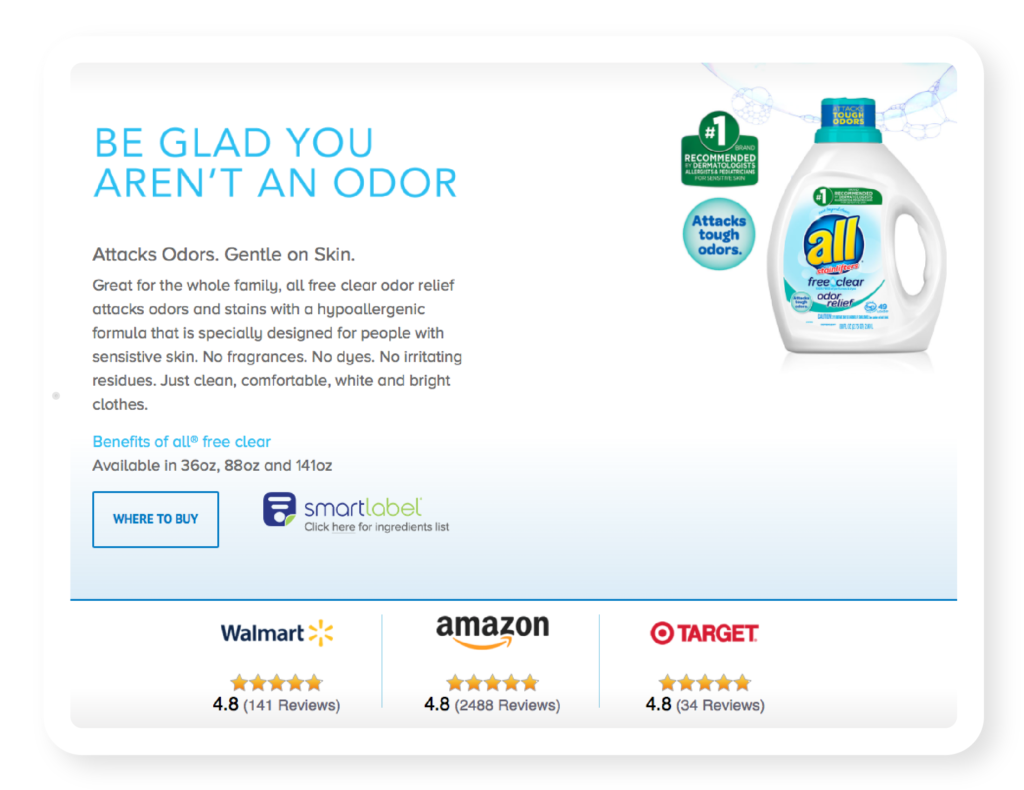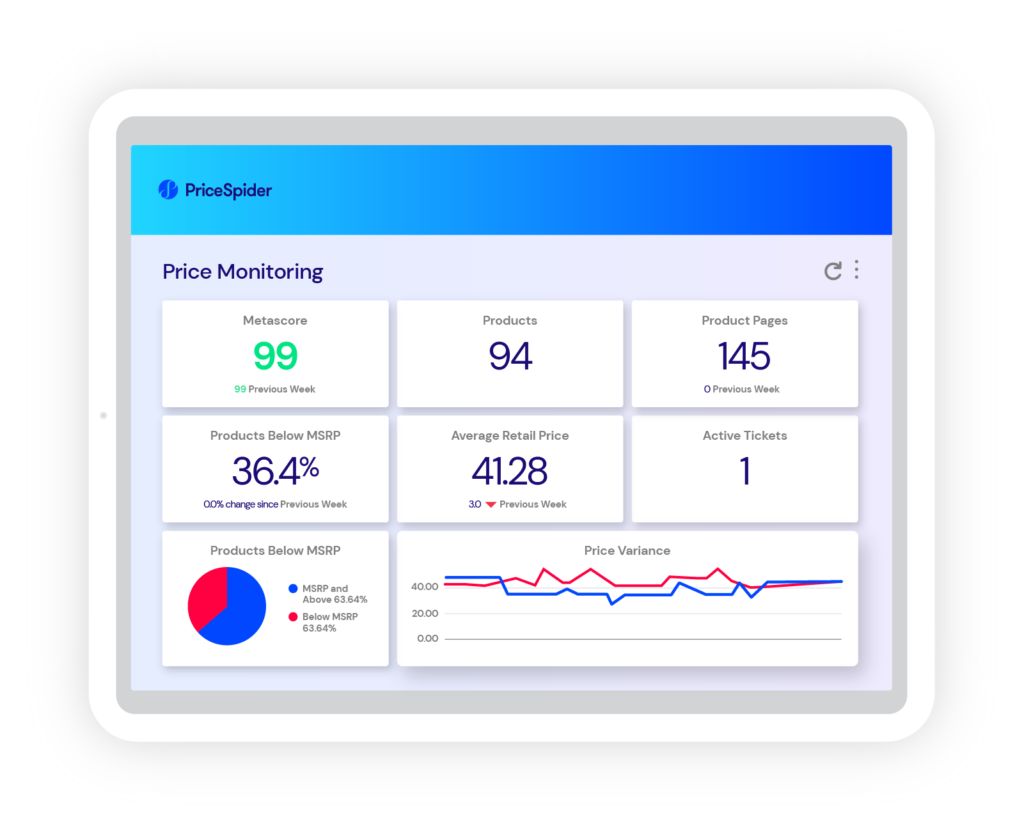“Help ME help YOU!” begs Tom Cruise as the titular sports agent to his star wide receiver client in the 1996 film Jerry Maguire. Watch the clip and you can feel the exasperation and desperation in Cruise’s plea. For a brand, the scene may hit a certain nerve — you want your products to sell just as much as your channel marketing partners do. So please, for Pete’s sake, help us help you!
You’re probably not the only brand retailers carry in your product category. Target doesn’t offer its customers one type of toaster. It wants to meet a wide range of needs and preferences. As a result, you’re competing not only for consumers’ attention, but also to motivate channel partners to promote your products, invest in your brand, and care about their relationship with you.
If you want channel marketing to work for your brand, you’ve got to find ways to incentivize and reward behavior that benefits you. Thankfully, your only choice isn’t to just shout into the void and hope for the best. There are tools and tactics you can use to encourage retailers to prioritize and promote your products.
Here are five ways to motivate your channel marketing partners.
1. Market development funds (MDFs)
Market development funds (MDFs) are flexible marketing dollars a channel marketing partner can use for advertising and promoting your products. MDFs can reward partners for their investment in your brand or incentivize particular behaviors. These discretionary funds don’t have to be tied to any specific outcomes, so you can dish them out for things like:
- Being an early adopter of your brand
- Carrying a large percentage of your catalog
- Including your products in marketing campaigns
- Compliance with your brand guidelines or pricing policy
With financial incentives such as MDFs, it’s important to be transparent about what earns these awards, who is eligible to receive them, and any requirements for using them.
2. Co-op advertising
Co-op advertising dollars are similar to MDFs, but they’re usually tied to a channel partner’s sales performance. You might award them once a partner reaches a certain sales threshold or for its performance compared to other partners in a given period. With co-op advertising dollars, you pay for a portion of your partners’ spend on an ad campaign for your products. Under this cost-sharing model, channel partners can reach goals and earn ROI much faster than they could on their own, so there’s more reason to promote your products instead of your competitors’.
To make co-op advertising effective, it’s crucial that these funds are easily accessible and that eligibility requirements are clear and simple.
3. Web traffic
In brick-and-mortar stores, foot traffic is vital to sales. Every visitor is a potential customer. In ecommerce, the same is true for web traffic. Web traffic is exceedingly valuable to online retailers, and the more relevant that traffic is, the more valuable it becomes.
Your channel marketing partners spend big bucks to drive relevant traffic to their online store through advertising. You can help them increase traffic without increasing their ad spend.
Obviously, the bigger your brand, the more website traffic you can wield. But regardless of the size of your organization and your online presence, you can offer your partners relevant traffic by letting your website visitors select from a range of channels they can buy through. Using store locator software such as PriceSpider’s Where to Buy, you can highlight channel marketing partners right on your product pages and arrange them any way you prefer.

How do you use this capability to motivate your partners? The first retailers on your list get the most clicks. These clicks come from ready-to-buy customers in one of the last stages of the customer journey. Want to reward your most loyal or successful channel partners? Give them the best slots. Need to motivate a retailer that isn’t following your guidelines or respecting your relationship? Take them down a peg. Either way, make sure your partners understand the value of this positioning and why their placement changes.
4. MAP enforcement
It’s a little counterintuitive, but enforcing your pricing policy encourages partners to value and invest in their relationship with you. For partners who violate your MAP policy, at the very least, enforcement will motivate them to follow your policy. But for everyone else, MAP enforcement shows them that you value your relationship with them because MAP violations hurt them, too. As sellers cut into margins to gain a competitive advantage, everyone else has to lower prices to compete. Eventually, the margins get so thin for some retailers that it’s simply not worth it to carry your products.
MAP enforcement shows retailers that you understand what they bring to the table and that you’re not going to let channel partners turn winning the digital shelf into a pricing game — they have to compete on service and experience. And that’s exactly what your best retail partners want to do (because they’ve made huge investments in these areas).
Given the choice between a brand that enforces its pricing policies and a comparable brand that doesn’t, retailers will be more motivated to work with the brand that does. MAP enforcement helps protect both parties in the long run.
MAP monitoring software such as Prowl makes enforcement a breeze. It constantly monitors everywhere your products appear and automatically notifies you of any violations. You can send violation letters in batches and streamline the entire process.
5. Performance data from other retailers
It’s frustrating when you know there’s a better way to sell and market your products, but your channel marketing partners just won’t do it. Unfortunately, that’s often the case when a brand updates product page assets and a retailer doesn’t provide a product information management (PIM) system to push the changes live. Brands are at the mercy of these partners’ schedules, and the updates often waste away in ecommerce purgatory.
With PriceSpider’s Brand Monitor, you can show your channel partners what they’re missing. Brand Monitor uses your brand guidelines to give each seller a content compliance or metascore.

Brand Monitor tracks any retailers you want (top performers, strategic partners, etc). So when the latest version of your product page outperforms the old one, you can show your channel partners that they’re leaving money on the table by showing them the cold, hard data.
Get the most from your channel marketing partners
For more than 20 years, PriceSpider has been building specialized ecommerce tools to help brands optimize their performance on the digital shelf. Our platform was built for brands that utilize channel marketing.
Want to see what PriceSpider can do for you?

